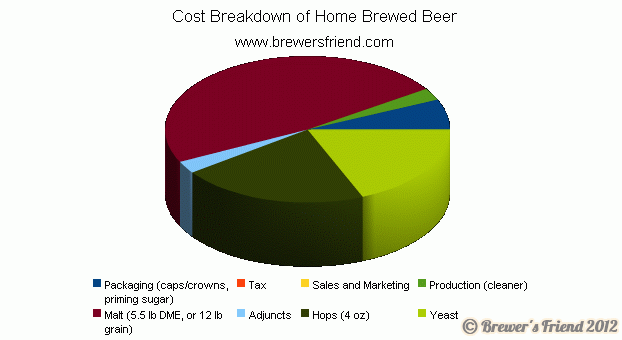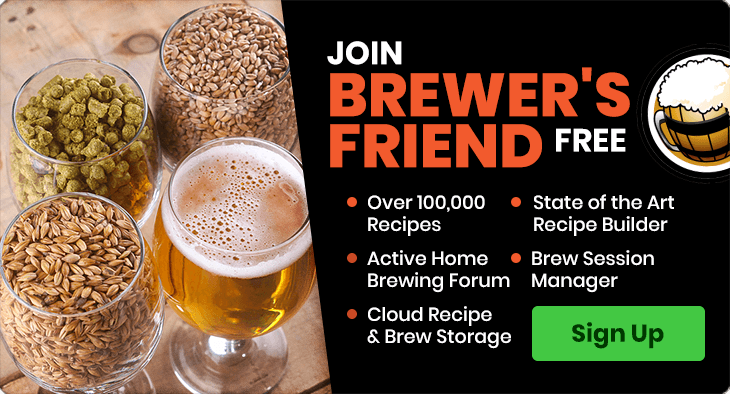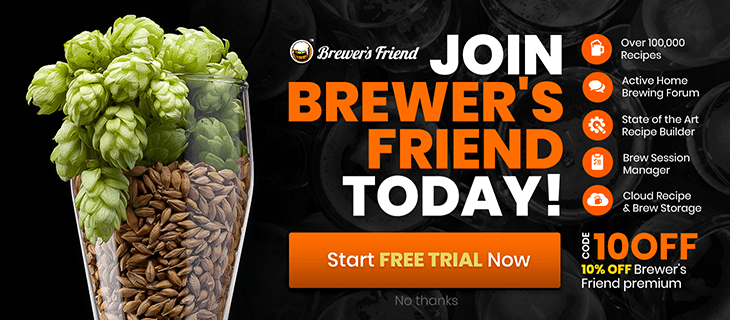Saturday, September 13th, 2008
After reading about the benefits of wort chillers and seeing the prices I took it upon myself to build an immersion wort chiller. It takes about 30 minutes and a trip to the hardware store. No special tools are needed beyond a crescent wrench.
An immersion chiller works by taking advantage of the cool underground temperature of tap water. Running tap water through the coil allows a heat exchange to occur, removing heat from the wort rapidly.
The entire setup cost me $66.70. That was about half the retail price on an equivalent model. I won’t go back to ice baths ever again. It cools a 3.5 gallon batch in about 10 minutes! It is a big time saver when brewing.
50 feet of 3/8 ” soft copper tubing was desirable because that length is good enough for 10 gallon batches in the future.

I wrapped the coils around a bucket so they would fit nicely into my kettle:

Make sure the supply side starts at the top and the return side comes from the bottom. This will help with the hot water convection inside the kettle.
The store had 20 feet and 30 feet, but no single 50 feet length, so I combined the two tubes into one with compression fittings. It was nice that no soldering was needed because I was concerned about the health effects:

The supply side uses a standard female garden hose attachment with a compression fitting:

When I use this indoors, I attach a pvc tube to the outlet side and use a worm drive clamp to lock it down.


The final product, an immersion wort chiller:



NOTICE:
Make sure to test it out for leaks before using. You do not want boiling water and steam shooting everywhere when you are trying to make beer. Also be sure to clean it with a non abrasive cleaner to get all the grime from the factory off before dunking it into your wort. It will come out of the wort very clean because the heat scrubs off all the oils and tarnish. Cleaning took some trial and error. Vinegar did not work and left an ugly gray stain on the copper. What did work was lemon juice in hot water and some mild scrubbing with a dish rag.
To use, submerse in the boiling wort when the batch has 15 minutes left to sanitize the unit. Be careful, steam and hot water will shoot out of the in and out pipes. Hook up the hose and the pvc outlet tubing before submersing. When I brew outdoors, I don’t worry about the outlet tubing and point it away from my work area. For indoor brewing I put the pvc outlet tube down inside the sink so it doesn’t go anywhere. I have a converter for my utility sink which allows me to hook up the hose and run it into the kitchen. Your hardware store will have that too, I brought in the attachment for my faucet so I could get the correct size in one trip.
Posted in Equipment | 5 Comments »


















